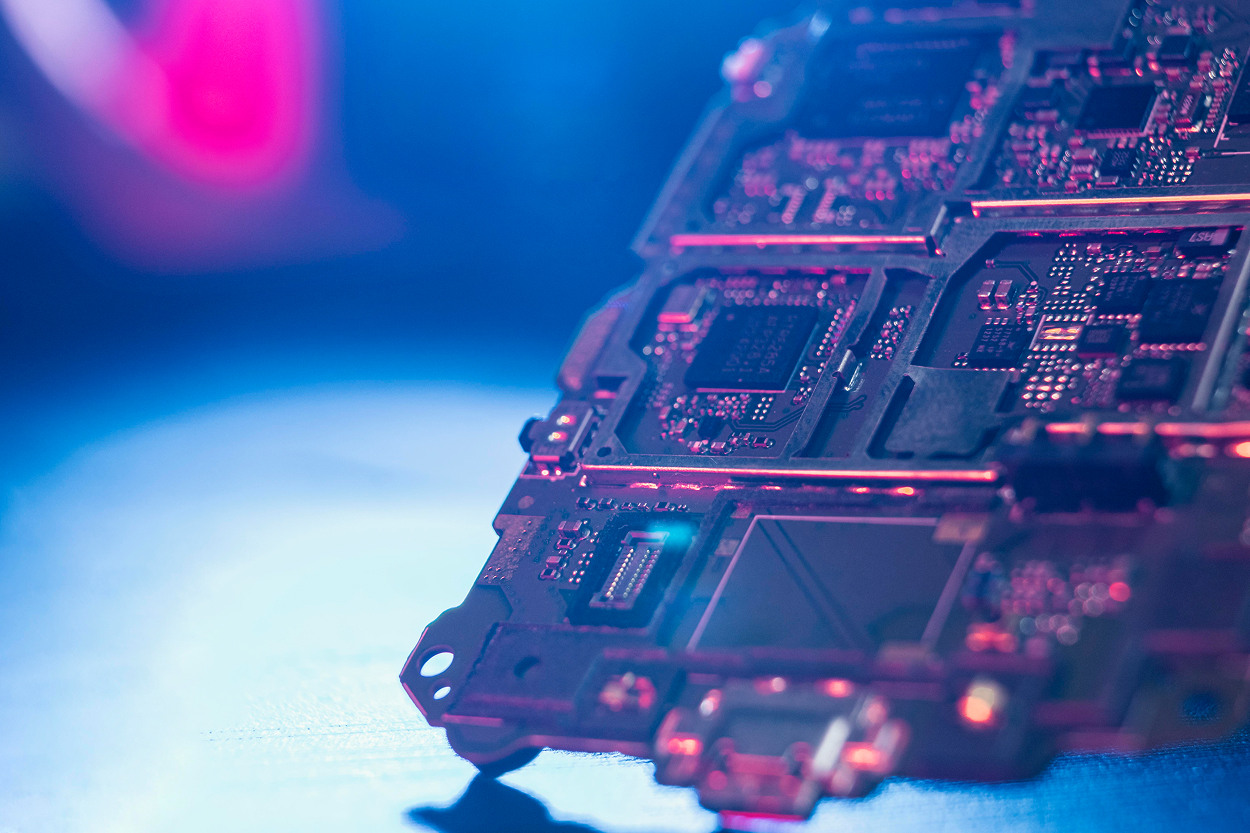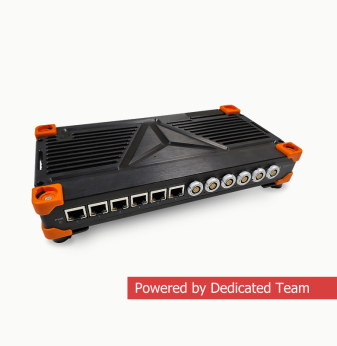Photonic Integrated Circuits: Revolutionizing Data Centers and Telecom

Walk into any modern data center today and you’ll hear the hum of servers, the rush of cooling fans, and the relentless flow of electricity powering silicon chips. These facilities are the beating heart of our digital age, but they are also under unprecedented strain. Global internet traffic doubles roughly every two to three years, AI workloads are exploding, and telecom networks are being pushed to the brink by 5G rollouts. The electronics that made this digital revolution possible are now showing their limits.
This is why photonic integrated circuits, or PICs, have become such a big topic in both research labs and boardrooms. Instead of sending information as electrical signals through copper wires, PICs use light to transmit data directly on chips. The shift may sound subtle, but in practice it changes everything — speed, efficiency, and the scale at which data can move.
What makes photonic integrated circuits critical for the future of data centers?
Today’s hyperscale data centers are already energy giants. Analysts estimate they consume more than 2% of the world’s electricity, and if demand continues unchecked, that figure could triple by the end of the decade. Most of this power isn’t going to processors crunching numbers, but to moving information around. Copper interconnects generate heat, need constant cooling, and create bottlenecks that limit how fast chips can talk to each other.
Photonic integrated circuits offer a way out. By guiding light instead of electrons, PICs slash energy losses and open up bandwidths that traditional wiring simply cannot handle. A single optical link can transmit terabits of data per second without the heat buildup that comes with copper. That means racks of servers could move information faster, with far less energy waste.
Major players are already taking notice. Intel has been working with Ayar Labs on optical input-output solutions, proving that data can move at hundreds of gigabits per second while consuming a fraction of the power. In practical terms, this means AI training clusters and cloud services could scale further without sending electricity bills through the roof.
How are photonic chips reshaping telecom networks?
Telecom companies face a different but equally pressing challenge: how to keep up with demand without endlessly digging trenches and laying new fiber. The rise of streaming, online gaming, and immersive applications like augmented reality has put massive pressure on backbone and metro networks. With 6G on the horizon, that traffic load is only set to multiply.
Photonic integrated circuits provide the building blocks for faster, denser, and more sustainable networks. By embedding lasers, modulators, and detectors directly into a chip, PIC-based transceivers can deliver higher data rates over existing fiber infrastructure. This makes it possible to increase network capacity without wholesale physical upgrades.
Equally important is how well optical signals travel. While copper connections degrade over distance, optical signals carried by photonic circuits remain sharp across hundreds of kilometers. This is vital for long-haul telecom networks. Companies like Nokia and Infinera have already tested terabit-scale transmissions using photonic components, showing that large-scale deployment is not just theoretical — it’s happening now.

What challenges stand in the way of mass adoption?
For all their promise, PICs still face barriers before they can replace electronics at scale. Manufacturing is one. Traditional CMOS foundries are optimized for electronic chips, not for the waveguides and lasers that photonic circuits require. The industry is exploring hybrid processes that combine electronics and photonics on a single wafer, but yields and costs are still hurdles.
Packaging is another technical challenge. Attaching optical fibers to chips demands nanometer precision, and the equipment to do this reliably at high volumes is still evolving. However, progress is steady. Wafer-level packaging techniques and automated alignment tools are emerging, which could bring costs down significantly in the next few years.
The ecosystem also needs to mature. Standards for optical interconnects are still being finalized, and without them, data centers risk vendor lock-in or interoperability issues. Industry groups are now working on common specifications to ensure smooth adoption, much as Ethernet standards once unified electronic networking.
Despite these challenges, the momentum is undeniable. Market researchers estimate the global photonic IC sector was worth around $5 billion in 2023, with annual growth rates exceeding 20%. By 2030, it could be a $25–30 billion market, driven largely by hyperscale data centers and telecom rollouts.
How could photonic integrated circuits transform connectivity in the long term?
The most exciting aspect of PICs is not just their immediate efficiency gains, but the new possibilities they unlock. Imagine a data center where processors, memory, and accelerators are all connected optically rather than electronically. Workloads could be dynamically assigned to any resource in the building, with near-zero latency. This vision of a “disaggregated” data center is already being tested in research labs and could redefine cloud computing.
In telecom, PICs could pave the way for services we can barely imagine today. Real-time holographic calls, seamless cloud gaming without lag, or global AR streaming all become more realistic when networks run on light. The technology also supports greater sustainability. By reducing the energy footprint of data transfer, photonic chips directly cut carbon emissions, which is crucial as both telecoms and cloud providers pledge net-zero targets.
Some operators are already moving in this direction. Microsoft, for example, has publicly emphasized that reducing networking power consumption is central to its long-term sustainability goals. With photonic circuits, achieving those goals becomes far more feasible.
Looking ahead, photonic integrated circuits could become as essential as CPUs and GPUs in the digital infrastructure stack. They won’t replace electronics entirely, but they will take over the most demanding parts of data movement and signal processing. Once that happens, both data centers and telecom networks will look very different from today’s power-hungry, copper-laden systems.
Our Case Studies








